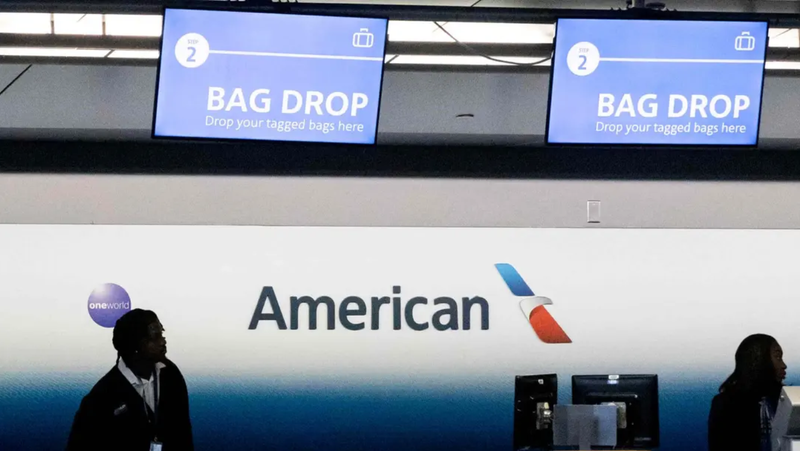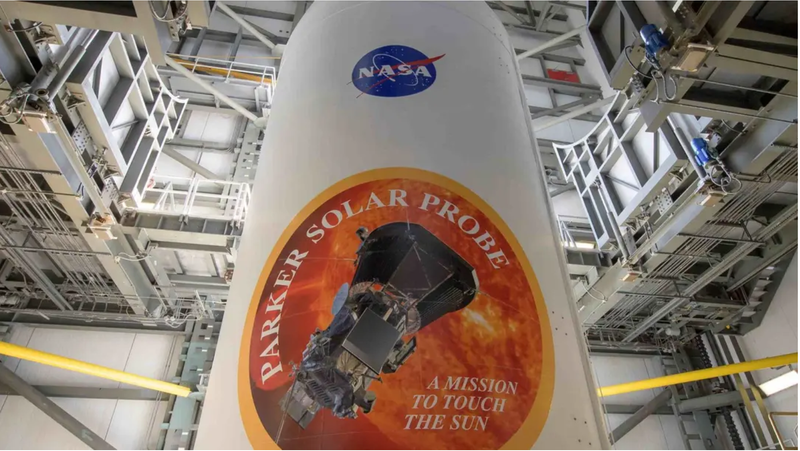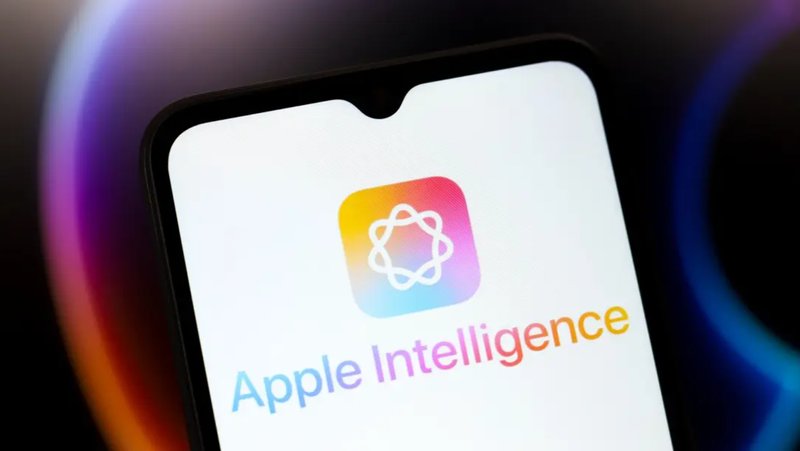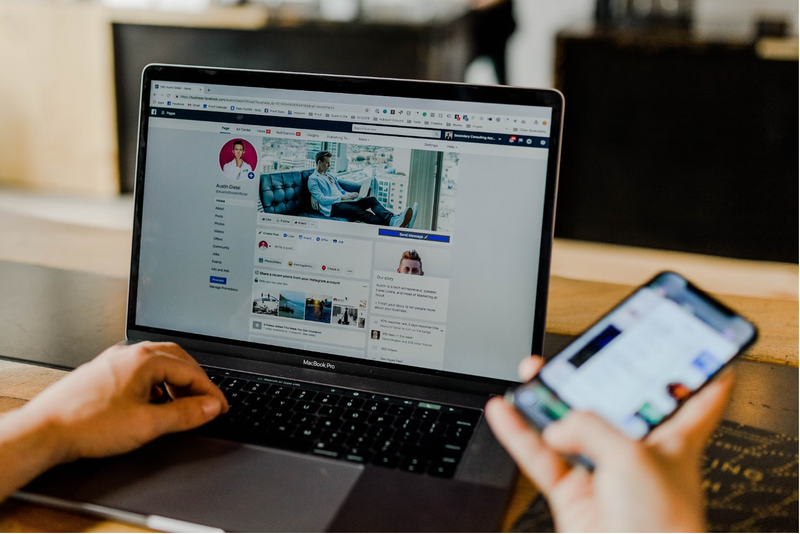TikTok Begins Automatically Labelling AI-Generated Content
TikTok said Thursday that it will start automatically tagging artificial intelligence (AI)-created content, making it the first-ever video-sharing platform to identify such material to users....
Facts
- TikTok said Thursday that it will start automatically tagging artificial intelligence (AI)-created content, making it the first-ever video-sharing platform to identify such material to users.1
- Using a technology called Content Credentials — from the Coalition for Content Provenance and Authenticity (C2PA) — it began adding metadata to label AI-generated visuals on Thursday. Audio content will soon be authenticated as well, it said.2
- The use of tools such as those from C2PA, which are designed to make it easy for creators to 'responsibly explore' online content, comes amid growing concerns surrounding viral fake images, particularly of celebrities.3
- In a statement, TikTok said that while artificial intelligence unlocks creative potential it also misleads viewers, so 'labeling helps make that context clear.'4
- The news comes as the global tech industry at large has been looking to bolster AI safeguards. Meta, for instance, is developing its own technical standards to identify such content.4
- TikTok, and its parent company ByteDance, also sued the US government earlier this week over a law mandating the app's sale or ban amid worries that it may spread propaganda.5
Sources: 1Forbes, 2Euronews, 3NBC, 4Associated Press and 5ft.com.
Narratives
- Narrative A, as provided by Pcgamer. It's hard to take tech companies seriously when they pledge to monitor AI, since their apps actively use AI to incentivize the most sensational and salacious videos. TikTok's 'Creativity Program Beta' supports this trend, rewarding videos over 60 seconds long with high engagement. YouTube Shorts uses similar monetization, enabling creators to profit from misinformation while increasing the societal risks of AI-generated content. It cannot be left up to the tech industry to self regulate.
- Narrative B, as provided by TikTok. TikTok no longer permits harmful, misleading, or false content on its platform. Due to the potential significant harm caused by social media content, including physical, psychological, societal, and property damage, the platform uses both fact-checking partners and a database to ensure the utmost content accuracy and avoid misinformation. Its initiative to tag AI-generated visuals will further reduce this potential for risk.







